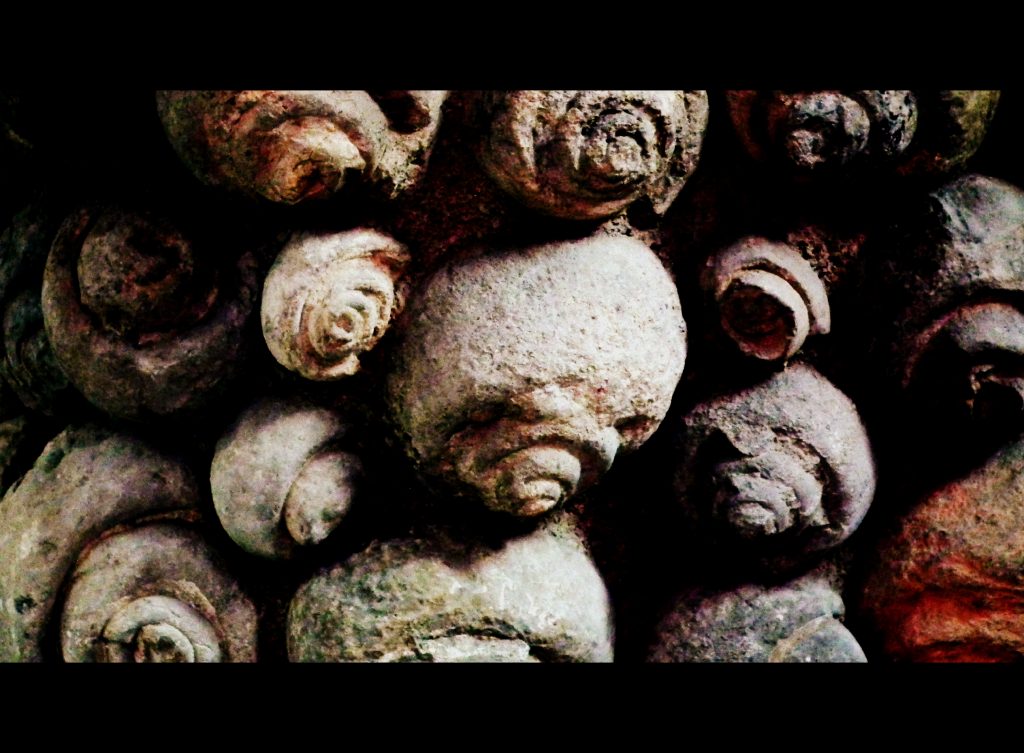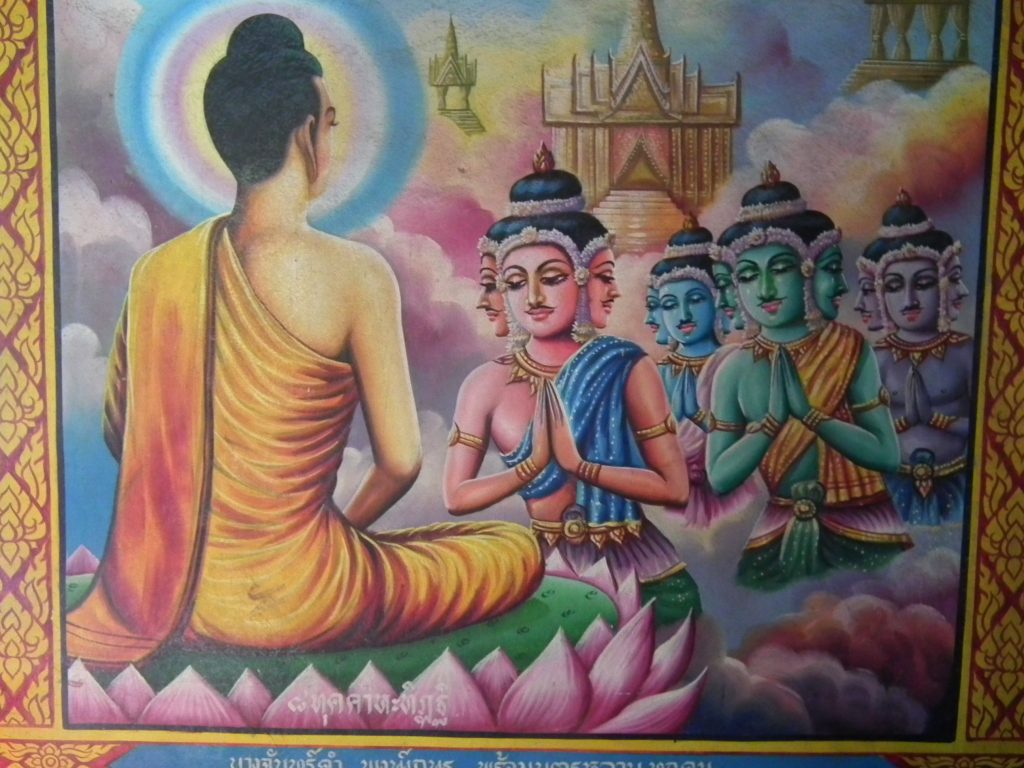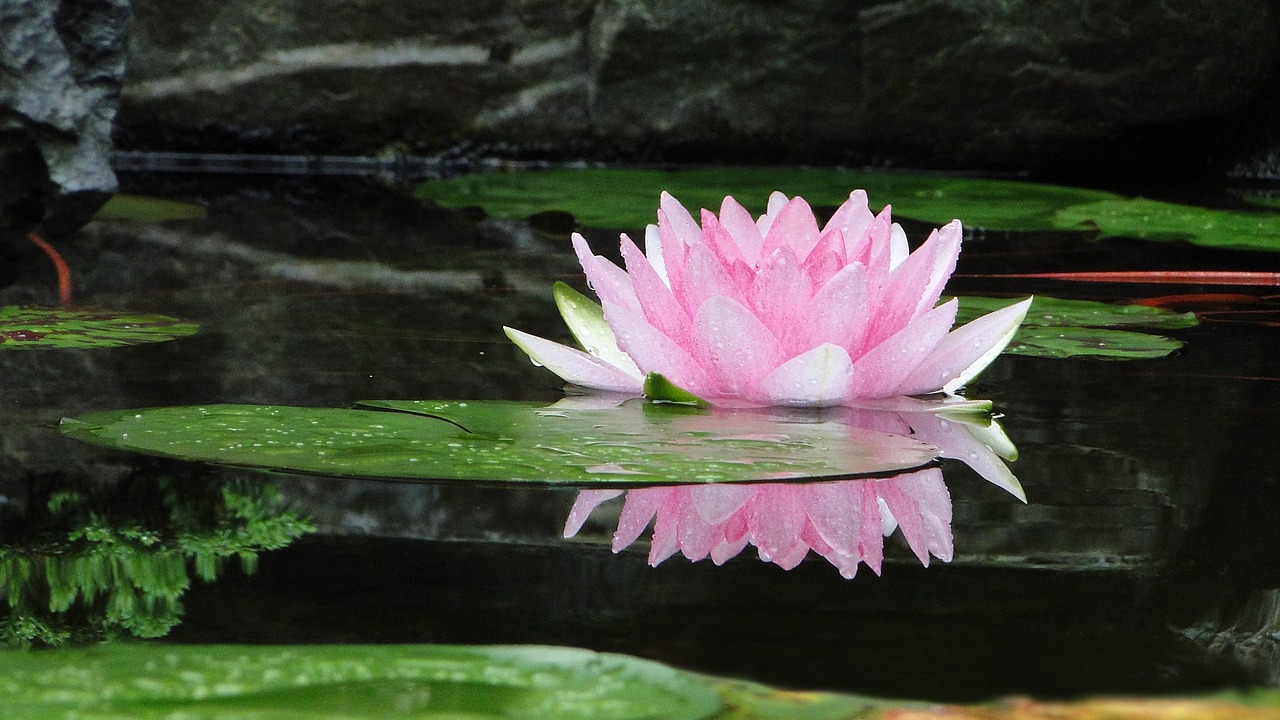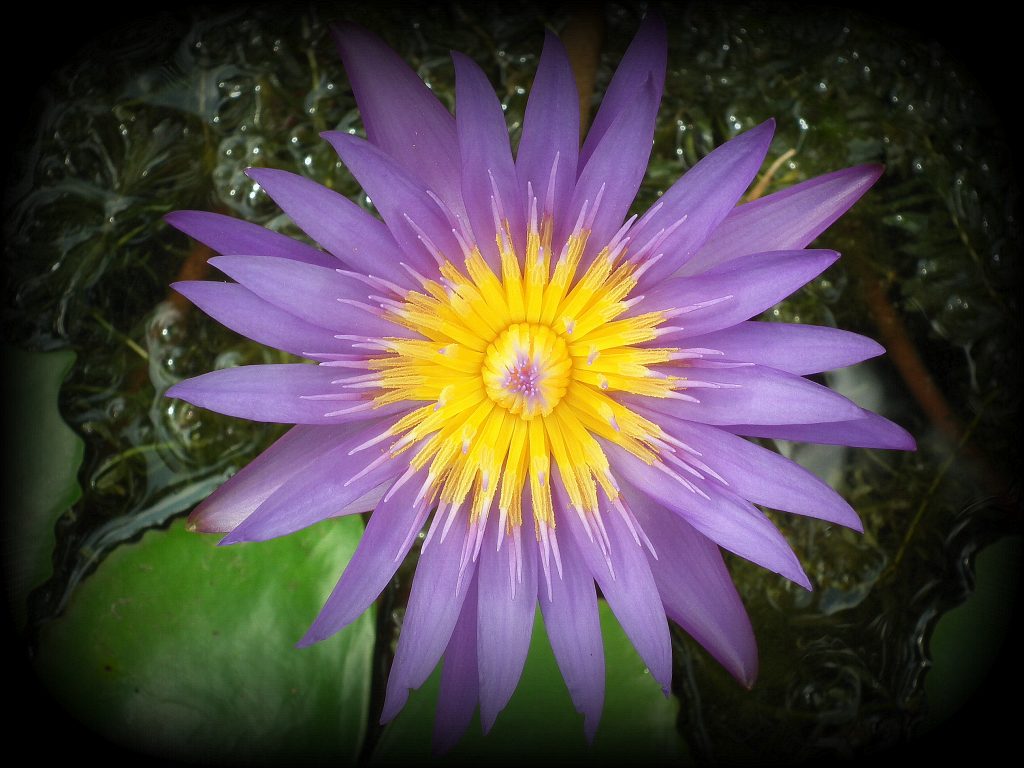Other meanings attach the parasol to prosperity – because only rich people could afford such accessories back in the day. Furthermore, umbrellas protect the holder from the intense heat of the sun.
The connection with prosperity and protection implies royal leaders and Buddhist iconography often depicts royal figures with umbrellas above their head.
Generals and Buddhas also appear beneath parasols, and this is when we begin to get a glimpse of the truth – the meanings of what symbols actually represent are never fully revealed by organised religions.
In Buddhist art, the umbrella indicates enlightened beings. It is the equivalent of the halo in Christian art. The domed top represents wisdom whilst the tassels represent compassion.
It is through these energy channels that kundalini energy travels from the base of the spine and into the brain. When kundalini is awakened, the initiate becomes illuminated.
The mainstream interpretation of the parasol does have some half-truths – it represents protection and prosperity – but through the acquisition of knowledge and not through material means.
Ancient sages from India probably chose the umbrella because it protected them from the heat of the sun, and they associated enlightenment with the sun – which is also the inspiration for the Christian halo.

Once we become enlightened with wisdom, we liberate our minds and free ourselves from the bondage of life, traps we typically fall into when wandering round in a state of ignorance.
Our society is designed to evoke desire. The Buddha says that all desire leads to defilement which leads to suffering. Becoming enlightened with knowledge protects us from suffering.
The conch shell is a spiritual symbol that has been used in many cultures throughout history. Together with the circle and the spiral, it is perhaps one of the oldest symbols used for esoteric wisdom.
Used for practical purposes as a horn in ancient times, it is typically associated with the sound of horns that were used to wake people up or signal a warning. And this is the official meaning used today, but it’s only a half-truth which is ultimately misleading.
When studying Buddhism, it is important to understand the deeper symbolic meaning of the conch shell.
Ancient sages adopted the practical use and associated the conch shell with spiritual awakening in symbolism. In Hindu myth, the conch makes the Aum (Om) sound that is said to awaken the ignorant from their slumber.
In ancient Sanskrit, the conch is known as Shankha meaning “a shell holding the sacred water.” Vedic myth says the conch appeared from the water after the great churning of the ocean.
Vishnu and Lakshmi both hold a conch, but it is also associated with other characters from Vedic mythology. In the Mahabharata, Arjuna uses a conch shell to call his troops into battle. The shell is therefore associated with courage, power and sovereignty.
According to mainstream Buddhism and Hinduism, the conch shell is also associated with truthful speech and strength. Whilst the above meaning offered by mainstream religion is not wrong, it only reveals part of the truth.
Just as we find with fish symbolism, the conch shell is associated with water, thus the symbolic meaning of the conch shell bears some relation to creation. The spiral pattern at the tip of the conch shell represents the beginning of existence.
In Aztec mythology, the Creator God Quetzalcoatl produces life by putting bees into the conch shell to make it sound. This is a reflection of vibration that creates the first wave of life.

When we expand our level of consciousness, the so-called spiritual awakening, we vibrate on a higher frequency and connect to higher states of consciousness within ourselves – from where we find the Truth.
In my opinion, the conch shell is a reflection of the tanden, otherwise known as the hara. This part of the breathing apparatus is located in the lower part of the abdomen from where the ancients say is the seat of creation. Hence why they relate the conch shell with the birth of life – the Aum sound.
The tanden is the part of the body where we find the sacral chakra and solar plexus chakra.
Meditators that practice chakra meditation, know that with the right concentration and focus you can help heal emotional and physical wounds.
The sacral chakra is associated with water and found in the lower part of the abdomen just below the belly-button. It is from here that we summon strength and courage.
How many times has somebody asked you, “What’s your gut feeling?” The sacral chakra is almost like a second brain but is the innate sense of how we actually feel.
The solar plexus chakra acts as a burning flame, and by focusing on the spot just above your belly-button imagine a bright yellow flame burning away fears and other values that no longer serve you.
This is why the ancients call the tanden the seat of creation, and the symbolism of the conch shell shares the same attributes.

The conch shell also features the Fibonacci sequence, the so-called golden ration that is found in many forms of nature. Some would even say the spiral pattern is the shape of creation.
Ancient sages certainly did; they used the spiral pattern and the Fibonacci spiral as a symbol of creation. The Buddhists did too. Look at the cone shapes on the head of Buddha statues and what do you find?
Strength gives you the willpower to act on your instincts, courage enables you to speak your mind comfortably with anyone, and the “spiritual awakening” is your innate ability to create – and that comes from within.
Now you know why it is important to understand the deeper symbolic meaning of the conch shell – it’s useful knowledge to know!

When I was in South-East Asia gathering material for my book, In Search for Truth, it became apparent that orthodox Buddhists do not know the true meaning of the lotus flower – they only know the partial truths told to them by the organised Buddhist institutions.
Unlike the other seven symbolic codes in the catalogue of eight auspicious symbols promulgated by Buddhism, the interpretation behind the meaning of the lotus is perhaps as close to the truth as you can expect from organised religion.
Officially, the symbolic meaning of the lotus flower represents the purification of the mind and heart and the development of wisdom – virtues man must develop in order to attain enlightenment.
The lotus flower reflects human consciousness and experience, from the muddy roots of base consciousness to the higher realms of divine awareness. It symbolises the journey of man’s development and our quest for enlightenment.
The symbol of the lotus flower was adopted by Buddhism from the Hindu religion. It is also prominent in Egyptian iconography where it is denoted as a symbol of rebirth.
In essence, the deeper symbolic meaning of the lotus flower is the continuous rebirth of our conscious awareness that helps us reach enlightenment, which the lotus flower is indicative of.
The roots of the flower remain in the mud at the bottom of the water, our unconscious mind. But as the stem finds its way through the murky waters, it eventually reaches the surface where it has the potential to blossom.

The roots in the mud reflect our base desires, the defilements of materialism which develop in our innocent mind as children.
Murky underwater is the subconscious mind, the Sigmund Freud’s ‘id’ that drives us with desires that lead to suffering. This is the dark, demonic side of our nature that leads us astray.
The growth of the stem through the water is reflective of our everyday lives and the experiences we have. Sometimes the waters are dirty and unclear, other times they are clean and pure.
The lotus bud that appears on the surface is the conscious mind. From here, we have the potential for enlightenment. Through self-understanding, we will purify the heart and mind – thus blossom like Buddha…
…otherwise we stay rooted in the mud, below the water with only our basic instincts to survive with. Ultimately, we fail.
At night, the lotus flower closes and slips back under the water. When we sleep we also slip into our subconscious mind. The flower resurfaces in the day, clean and pure to bask in the sunlight.

The closed petals of the lotus flower represent the potential for personal growth, an opportunity to reach enlightenment. The open petals represent full enlightenment. The eight petals of the lotus flower are symbolic of higher consciousness.
This should be the goal of all human beings. Strive to reach the highest state of consciousness through personal development and spiritual growth and become a success…
…otherwise, stay rooted in the mud below the murky waters.
The overall symbolic meaning of lotus flowers is to purify the mind and attain spiritual enlightenment.
But the lotus flower has multifaceted meanings, which are broken into fragments so they can be better understood by initiates. To help explain the concept behind the lotus flower, Buddhists determine the meanings by colour.
White represents purity of body and mind. The Buddha says to attain Nirvana, you must cultivate good deeds, abstain from evil and purify the mind through the practice of Dharma. This is explained by the concepts of the Noble Eightfold Path.
Gautama Buddha says the cause of human suffering stems from desire and the ignorance of what is real and what is unreal. If we only look at the world from external projections, we only see the illusion.
As we mature from childhood into adolescence, we develop cravings and desires which we ultimately carry into adulthood.
But these desires are perceptions of external forces. They are typically things we think we need rather than what we actually need. This is because the unconscious mind is programmed for us to desire that which we do not have.
In Buddhism, desires are considered defilements of the mind, and the materialistic world of consumerism we are trapped in plays on our basic instincts.
The challenge for mankind is to overcome the unconscious mind that harbours base instincts and connect with the higher self that exposes the truth – that which we need, rather than what we want.
Through self-analysis, you will emerge from the muddy roots of this fabricated world, and find your way through the murky waters of society until you reach the surface and in the glory of the sun.

How much better do you physically and emotionally feel in natural sunlight?
This is what the symbolic meaning of the lotus flower teaches us. And the white lotus flowers gives us that first step. Refrain from wanting and you will cease to suffer. When you do not suffer, you will thrive.
Rid yourself of arrogance, hypocrisy, hate, anger, conceit, vanity and every other negative emotion. Purify the mind and take control of your true nature.
The red lotus relates to the positive qualities of the heart, the need for us to offer love and compassion, but also the openness to receive it.
The Dalai Lama says love and compassion for others is the key to finding happiness in your own life.
Whilst this is true, you cannot love others appropriately unless you love yourself. Most people already have more compassion for others than they do for themselves…
…would you criticise a friend like you criticise yourself?
Sometimes you may even direct these negative to lovers that upset you. How many times have you said something you regret or didn’t really mean in the heat of an argument?
The original Buddha said, “Until you love yourself, you will not value your time.”
When you learn to love yourself, you develop self-esteem and confidence around others. Find peace on the inside, and you attract peace on the outside.
The heart is intrinsically connected with the mind, our emotions govern the mind, but our mind confuses our emotions. The red lotus signifies mastery over both.
Once you have purified the mind, the qualities of the heart are easier to develop – principally because we no longer having cravings for things we don’t have, but find contentment in the things we do.
Without feeling the effects of suffering caused by desire, the heart opens so love and compassion can flourish – both for yourself and towards others. And this is how to cultivate satisfaction and happiness.
The pink lotus is considered to be the Supreme flower, representing creation, purity and the attainment of full enlightenment. It is the colour lotus most associated with Buddha who is often pictured seated on one.

Hinduism also reveres the pink lotus as the most sacred and is associated with Lakshmi, consort of Vishnu and goddess of wealth, prosperity and good fortune.
Thus we find is the symbolism of the pink lotus, the rewards all other lotus flowers represent. By learning to detach ourselves from the material world, we find purity, love and wisdom – the qualities Lakshmi and all Buddhas embody.
The blue lotus represents wisdom and the mastery of mind over matter. The ability to take control of your mind comes from self-observation and self-assessment through meditation.
At this point, it is worth pointing out, that when I say meditation, I do not necessarily mean sitting in a crossed-legged posture – known in Buddhism as the lotus position.
Meditation is a form of concentration, one-pointed focus whereby you ask yourself a question and “meditate” on the subject of your question. Whenever you do this, it is possible to connect with your higher-self that holds all true knowledge.
It is through self-knowledge that we discover our true nature – that we are all Buddhas, enlightened beings connected at source. Learn to connect to the source, the blue lotus, and you will always receive the answers you need to resolve problems and make decisions.
The purple lotus is typically only found in esoteric sects, thus not prominent within mainstream Buddhism despite the esoteric wisdom kept within the confines of this organised religion.

That the purple lotus flower is associated with royalty, it would appear to have similar values to the meaning of the pink lotus in mainstream Buddhism. As an esoteric value, there may be some association with the alchemical marriage.
Kings and Queens have traditionally been represented in esoteric symbolism to represent the mind (King) and the heart (Queen.) It is when mind and heart are brought together in a harmonic balance that we become the architects of creation.
Ancient alchemists called the union of thought and emotion the alchemical wedding, the bond between the male qualities of our personality – analysis – and the female qualities of our personalities – love and compassion.
The lotus flower in Buddhism essentially embodies everything we must strive towards in order to discover the Buddha within us, the divine wisdom we are born with.
If, as the Dalai Lama says, “the purpose of life is to be happy,” we must learn to connect with the source of all knowledge and unconditional love. Use the deeper symbolic meaning of the lotus flower as your guide.